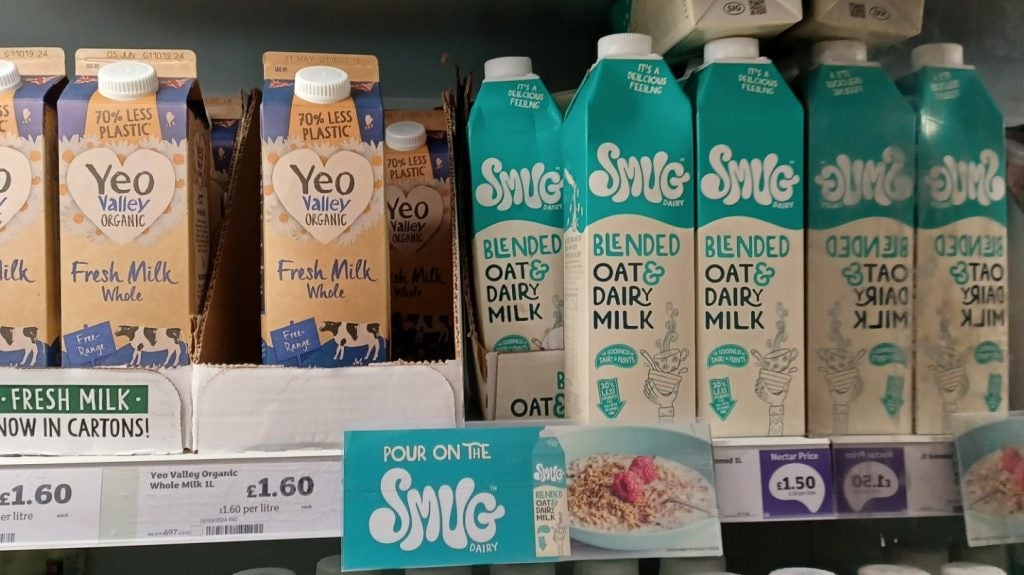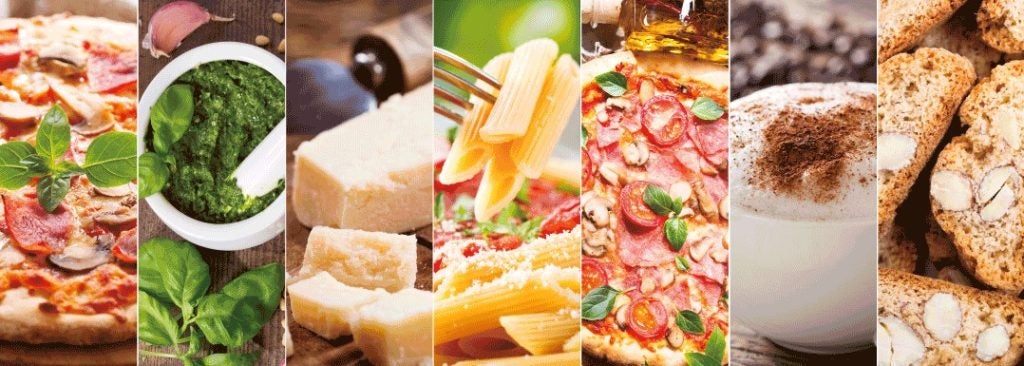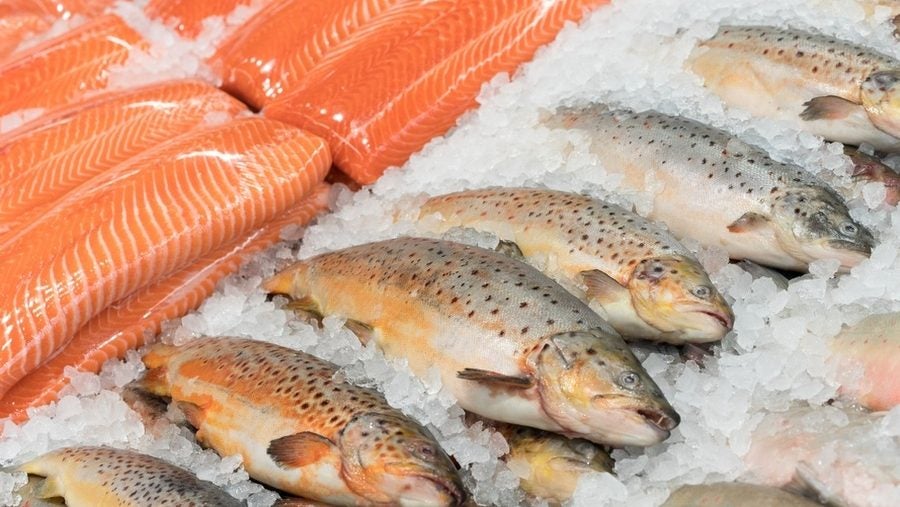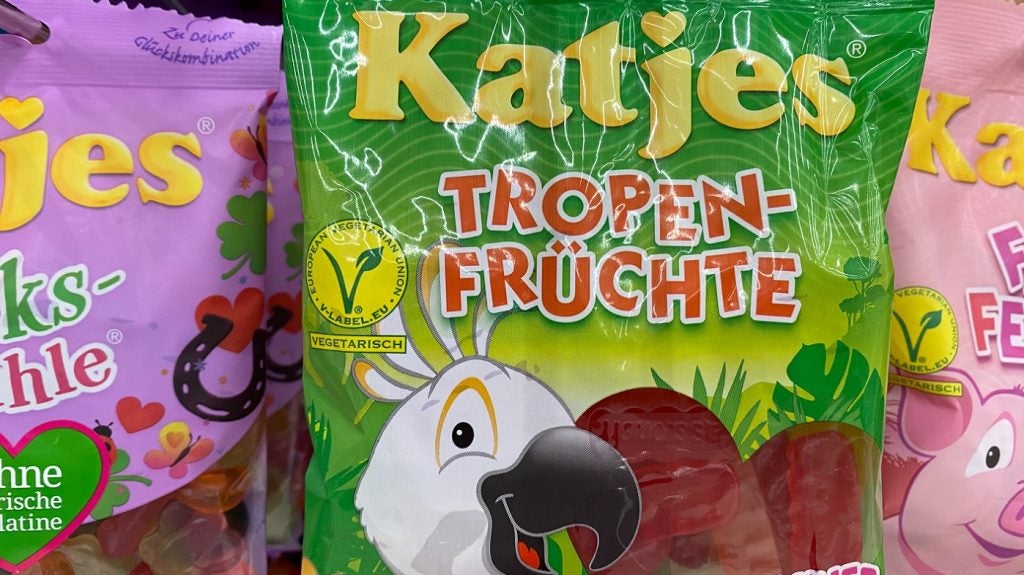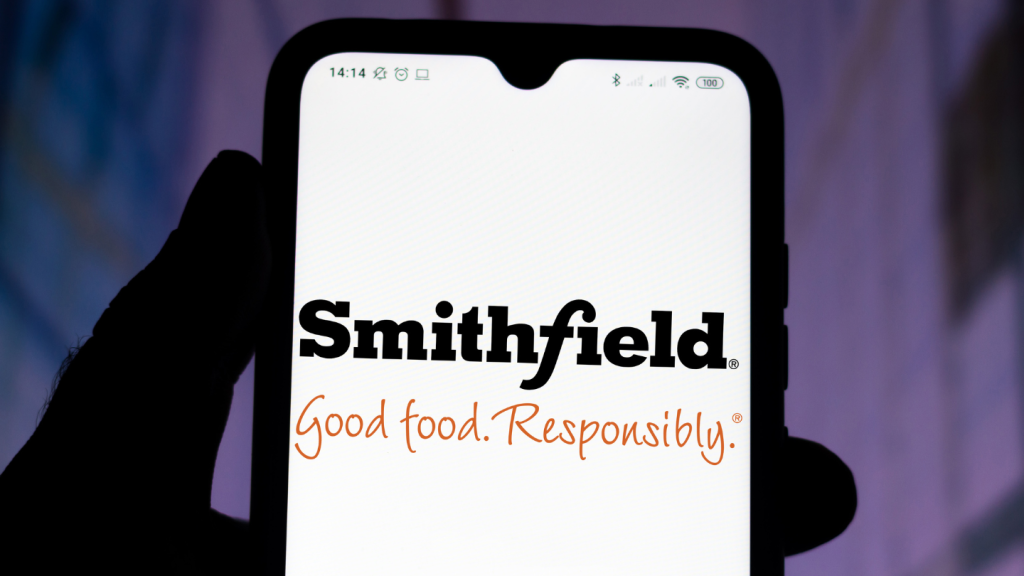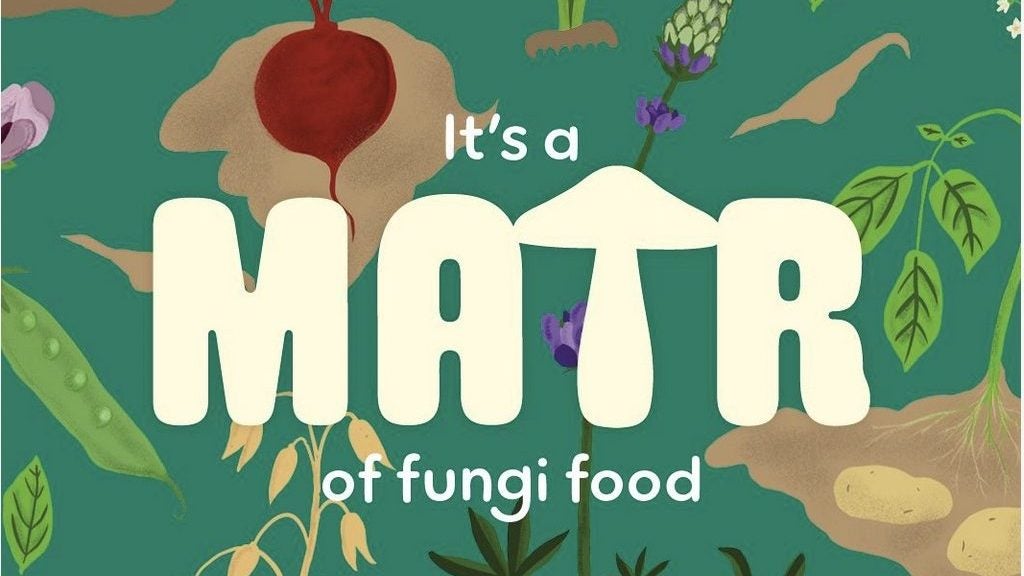There’s no doubt the latest innovation from Ireland’s Kerry Group has caught the eye – but will the company find success with its new blended dairy range, Smug?
The company’s Kerry Dairy Consumer Foods unit has developed and launched six products: three ‘cheddar’ alternative SKUs, two butter-style products and a milk.
What Kerry seeks to achieve with Smug, which was rolled out in UK retailers, is unclear, particularly when consumption of fresh cow’s milk is declining in the UK and Europe, while 100% plant-based alternatives formulated with oats or almonds have gained some traction. Why the halfway house?
Kerry’s key marketing message is people’s health and the environment, lauding the Smug range as having as much as 40% less saturated fat and up to 54% fewer CO2 emissions – both varying across the range – than traditional dairy.
The brand is aimed at “conscious dairy lovers” and offers the “same creamy taste that can be lacking in dairy alternatives”, Victoria Southern, strategy, marketing and innovation director at Kerry Dairy Consumer Foods, tells Just Food.
“It is a great option for anyone looking to make more conscious purchasing decisions in terms of health and sustainability, without compromising on taste.
“We are not trying to ‘wean’ consumers off traditional dairy. What we have done is create a new way for dairy lovers to enjoy dairy with a product range that is fit for the future.”
“Middle ground”
Visiting a Sainsbury’s store on a bank holiday Monday afternoon, your author found the Smug blended milk on the top shelf, sitting in a display featuring a myriad of chilled regular milks. Directly opposite in the same aisle sat a plethora of plant-based alternatives.
The ingredients list for the Smug milk blend reads: semi-skimmed milk (74%); oat drink (26%) – water, gluten-free oats (1.5%); chicory root fibre; calcium carbonate; salt; stabiliser; gellan gum; Vit D2; Vit B2; iodine; and Vit B12.
Mark Voorbergen, a dairy industry consultant in the Netherlands, says Kerry may be attempting to reach the “middle ground” with a hybrid dairy range.
“A lot of the full-blown dairy alternatives, they have a taste problem, usually, and that's quite often being compensated for by sugars or a lot of processing,” he suggests.
“You may need a little bit less milk, which makes sense if you look at the European supplier landscape where we haven't grown in terms of milk output in the last three years. The protein side is the least expensive dairy component, it's mostly the fats.
“[The rationale behind Smug] could be an element of full-blown dairy alternatives that don't taste very good to something that's a little bit closer in terms of taste to what people are familiar with in dairy and maybe a little bit less processed as well.”
Hybrid milks face challenges
As industry observers point out to Just Food, blended or hybrid dairy products are not a new industry phenomenon.
Kerry’s peer Arla Foods rolled out Arla Milk & Oats in 2018 but a spokesperson confirmed the product had since been discontinued. The dairy giant then went on to introduce a 100% plant-based range, Jord, in 2020.
Similarly, the family-owned French business Triballat Noyal introduced the Pâquerette & Compagnie hybrid milk line in 2021 containing 50% cow’s milk and 50% plant-based ingredients – oats, almonds and hazelnuts. That brand has also since been withdrawn.
More recently, dairy heavyweight Danone launched the more successful Dairy & Plants Blend baby formula, which it claimed was an industry first, in 2022. The 60% plant-protein product is based on soy, with the addition of oils such as vegetable, sunflower and rapeseed, plus chicory root fibre.
And in 2021, The Laughing Cow brand under the Bel Group unveiled hybrid cheese spreads combining traditional dairy with beans, chickpeas and lentils, what it called The Laughing Cow Blends.
Danone, The Laughing Cow and Bel all declined to comment for this article.
Henrik Lund, the CEO of plant-based business Naturli’ Foods in Denmark, argues hybrid dairy is a means for companies to address the decline in milk consumption across Europe, with an environmental slant.
“The dairy companies have recognised that the decreasing volumes in dairy in most European countries is happening because consumers, especially the younger generation, are not addicted to cow’s milk anymore and that threatens the dairy business,” he explains.
“In many countries in Europe, plant-based milk alternatives are now cheaper than cow’s milk. That drives mainstream consumers to try climate-friendly dairy alternatives. With the growing concern from society over the CO2 emissions from animal production, the dairy companies are forced into the hybrid thinking as the only effective way to lower the emissions from their production.”
Lund suggests, however, that consumers won’t find blended dairy products an attractive proposition in terms of a halfway house, using the analogy of hybrid motor vehicles.
“Dairy hybrids will not change that shift in consumer mindset – just look at hybrid cars, they are being overtaken by the demand from consumers wanting an electric car instead of a hybrid,” he says. “Why not go all in when you change habits?”
Convincing consumers
Preben Mikkelsen of PM Food and Dairy consulting in Denmark says hybrid dairy products are a “modern” concept in terms of appealing to consumers with climate concerns, at the same time as helping manufacturers reduce their emissions.
However, when determining the success rate for blended products, the proof will be in the pudding around quality. Mikkelsen suggests hybrid products are really so-called analogue variations, where a dairy protein is mixed with palm oil, for example, to get a “cheaper product”.
In analogue products, either the fat ingredient or the protein ingredient is generally replaced by a plant-based component, so the end-product is not classed as an alternative to dairy, he says.
Mikkelsen adds: “I think for years to come, they will be a minor part of the market because there's a long way to go, especially for the ‘manufactured’ products like butter and cheese.
“It's still a very industrial product where many consumers will say, ‘is this natural or is this just an artificial product? I'm really interested to see if Kerry has success with this. But another trend is that the dairy companies have invested quite a lot in this area, especially in alternative drinking milks and fermented products.”
Hybrid dairy could perhaps be viewed in two ways: a step backward in terms of the evolution of their plant-based alternative cousins, or a step forward with respect to retaining the protein content lost in replacing dairy proteins with some plant ingredients – another factor that has weighed on consumer appetite for plant-based options.
Mikkelsen suggests it’s a mix of both. “You have consumers becoming flexitarians or vegetarian and they will of course demand these products and they are increasing, so there's a market for it,” he says.
“There’s also product development innovation to make them better quality, better taste, and more attractive to a broader audience.”
Voorbergen has reservations about the target audience given hybrid products still contain “a lot of dairy” but, in the case of Kerry, he suggests the company has the ability to deliver on the quality front.
“They have all the knowledge and expertise in-house to make something that's tasty, that does on the plate what it needs to do, and maybe also matches those consumer arguments that we can't seem to find at the moment,” he says.
Richard Scheper, a dairy industry analyst at Dutch banking and financial services company Rabobank, also has reservations about the target consumer for hybrid or blended liquid-milk products, although as he points out, hybrid cheese and butter products are not a new development.
“In terms of reducing emissions, I understand the story of hybrid products. But how do they taste? Do they really solve that burden? Generally, the creamy taste in dairy products comes from the butterfat,” he contends.
Scheper has some wider doubts about additions to the retail shelf when faced with the numerous product launches in plant-based liquid milk alternatives seen in recent years.
The market for liquid milk alternatives has become “more mature”, Scheper says, and consequently, “margins have become tighter”. He adds: “Obviously, there is room for new varieties and improvements in recipes but shelf space is not unlimited.”
For the products that do make it to shelves, a key question posed by Scheper is whether consumers buy blended milk as an alternative option to fresh drinking milk or just to add to tea and coffee. “In the bigger picture, if you look at it as an ingredients company, it does make sense to look at hybrid products. But fresh drinking milk, that's not the first category I would look at.”
Representative of the challenge in getting consumers to try hybrid milk beverages, and to return as repeat buyers, Lund at Naturli’ Foods says Arla’s oat & milk blend “didn’t sell at all” in Denmark and “was gone very quickly”.
He suggests butter mixed with vegetable oil has been among the more “successful hybrids” in dairy but unlike Kerry’s Smug range not necessarily directly linked to the sustainability aspect and benefit.
More generally for blended dairy, Lund adds: “It’s a necessary move from the dairy industry because of the problems with their life cycle assessments on their core business that are way too high for the future of our Earth and population – the only way for them to keep their core cow’s milk ingredient alive a little longer.
“But if consumers don’t understand the products, they will not buy them. Better to go 100% plant-based with the full climate-friendly effect.”


